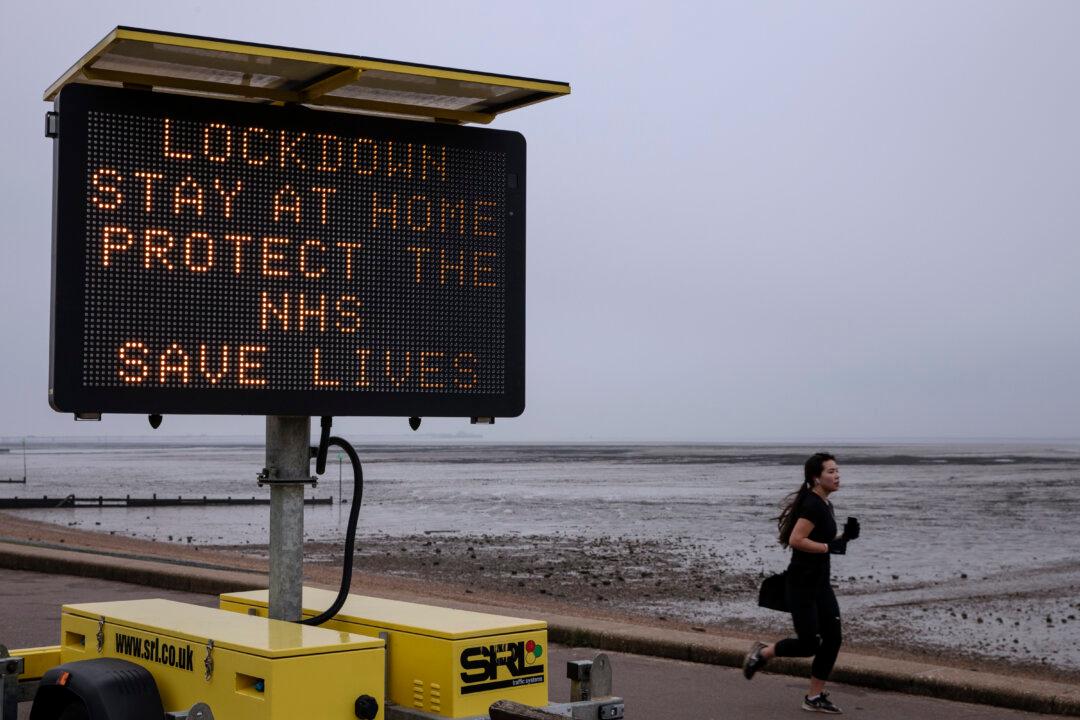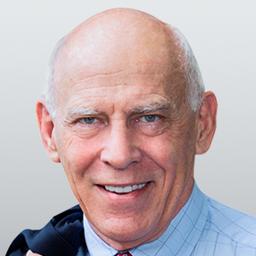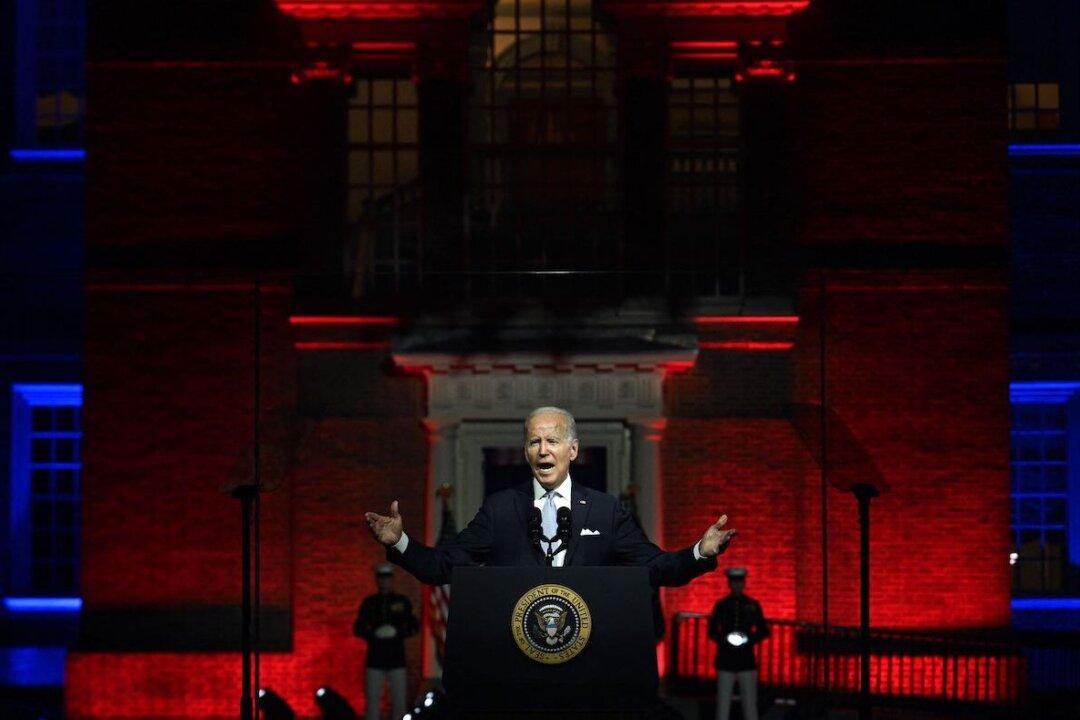Commentary
Faced with a war, a pandemic, or a spiritual crisis, it’s easy to fall either into a kind of complacency or into despair and despondency. Or first one and then the other, as with a war that elicits initial enthusiasm—cheering on the troops as they march off to war—and, a few years or military reverses later, falling into despair and defeatism.





